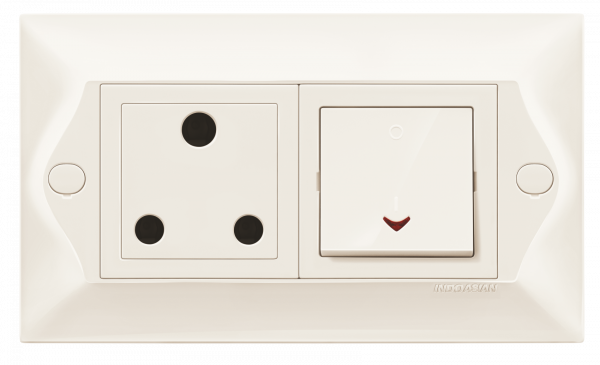If you live in a 2-room flexi design, you know that saving space is critical.
The good news is that the secret to living successfully in a limited space may be simpler than you believe. With these tips used by countless interior design companies, scale, light, and movement can fool the eye into perceiving more space is possible.
1. Reduce the size.
Regarding furniture for a tiny space, proportion is everything. Simply stated, a piece is too large if it scrapes against the room’s vertical or horizontal boundaries. Always leave a little space between the sides of your furniture and the walls to create a feeling of space.
Avoid heavy, bulky items that consume an excessive amount of the room’s functional space. For instance, a streamlined settee or chair will provide the same amount of seating space as its overstuffed counterpart but will take up much less space. If you desire a large, statement-making item (such as a painting or mirror), place it on the wall. Avoid wasting valuable living space by placing it on the ground.
2. Maintain a subdued profile.
Because they leave more space above them, furniture that is lower to the ground creates a sense of spaciousness in a room. For example, choose a mezzanine bed or try situating a mattress directly on the floor in the bedroom. In the living room, adopt low-slung midcentury furnishings. Or, if you prefer romantic and ornate furnishings, 19th-century furniture also has a low profile.
3. Get rid of the draperies and rugs.
All that matters is deceiving the eye. Even if they do not encompass the entire window, curtains prevent the view from being observed. And draperies and drapery simply add more “stuff” to the room. Eliminating them simplifies the space. Instead, consider shutters or lightweight mesh or fabric coverings for privacy. Or, if you must have draperies, use a bar that extends well beyond the window frame to expose the window in its entirety.
The same goes for rugs. If you insist on having one, keep it minimal in style.
4. Make it white.
Everyone is aware of the reflective characteristics of white. It creates an atmosphere that is ethereal, light, and tranquil. This cloud-like effect is enhanced by painting the walls and ceiling the same hue of white. In addition, it obscures the line between the wall and ceiling, causing the eye to travel upward, thereby making the ceiling appear higher. White is a good option in tiny spaces that can become cluttered rapidly because it simplifies the space and highlights the architecture.
If you’re concerned that an all-white room will feel too chilly, combine it with warm elements like wood or textural elements like a shaggy wool throw. Remember that you are not required to choose a pure white colour.
5. Create a clear path.
When dealing with limited space, it is natural to want to maximise the available area by shifting all the furniture to the room’s perimeter. However, if this causes you to collide with objects, it can exacerbate claustrophobia. Therefore, arranging the furnishings on one side of the room is sometimes preferable so people can move freely.





